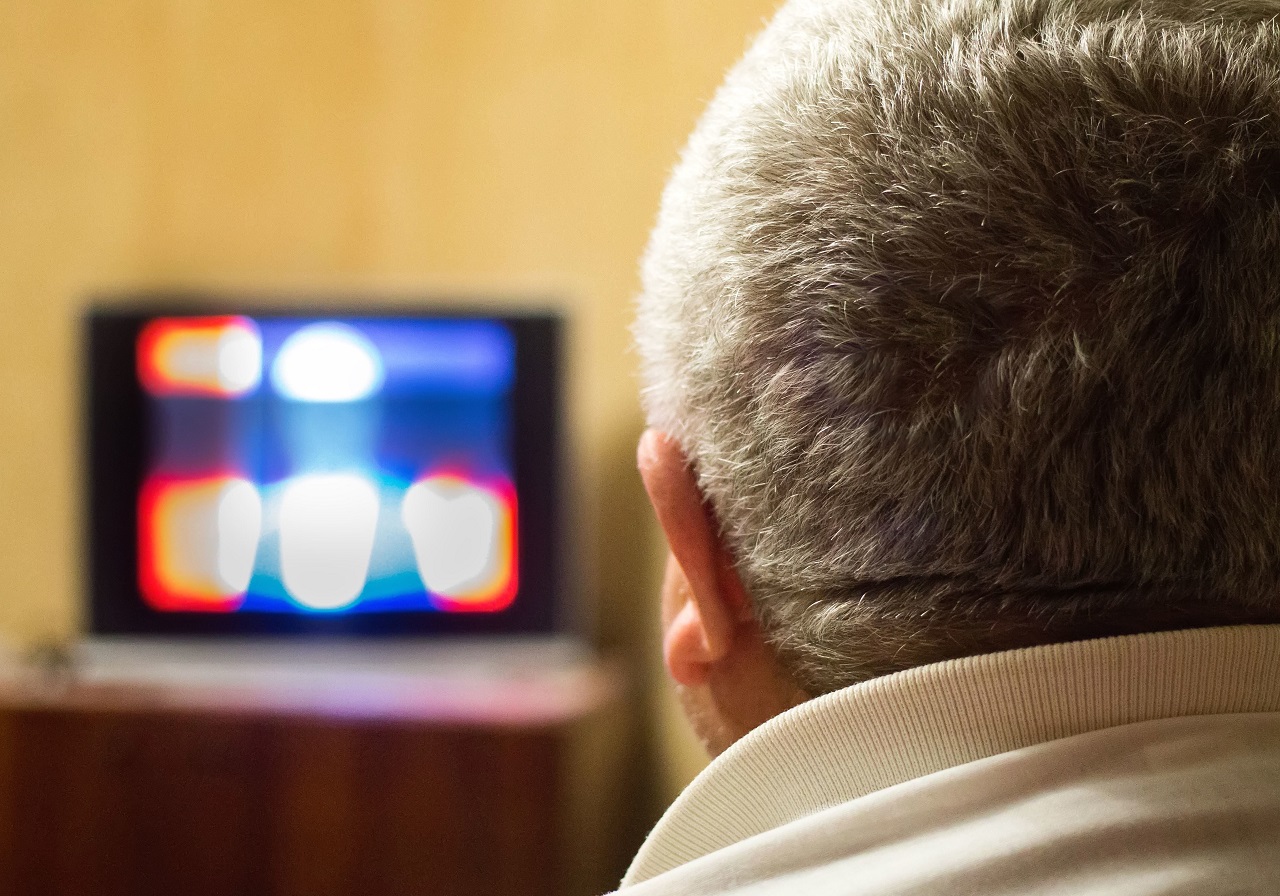- Home
- Hearing Loss
- Hearing Aid Use And Care
What to Expect at Your First Hearing Aid Fitting
2020-07-31 The hard part is over—now it’s time for the final stretch.Making the decision to correct your hearing loss by purchasing a hearing aid is often the most difficult step in the hearing restoration process. Still, arriving at the fitting stage is an exciting and emotional moment that can be stressful if you’re not prepared. To help alleviate any anxiety you may be feeling, here is what you should expect from this important visit.

How long will this take?
You should expect to spend somewhere between one and two hours during this first appointment. While that may seem long, it is important for you and your hearing care professional to take the time to ensure your hearing aids will fit comfortably and that you know exactly how to use, maintain, and care for them. You should also expect your professional to schedule a follow-up visit to see how well the devices are functioning after an initial trial phase to make any necessary adjustments.
What will we discuss?
Fittings usually begin with an orientation session about your specific hearing aids. You will discuss all the features in your new hearing aids, as well as receive any cleaning and maintenance advice to keep your hearing aids safe and functioning at peak performance. Your hearing care professional should also make sure to correct any false expectations you may have about what hearing aids will do for you, in order to avoid feelings of disappointment or discouragement that could sabotage your hearing aid experience.
A hearing test will also be administered to determine the quietest sounds you can hear and the degree of loudness at which sounds become uncomfortable. Your hearing care professional will use special software to match the hearing aids to your preferences and set up different programs for each listening situation you’re likely to encounter in everyday life. This orientation and initial set-up will likely constitute the bulk of your visit.
Should I expect more tests?
Probably just one. A test called a real ear or probe microphone measure will measure the amplification (or gain) of sounds entering the hearing aids to determine if they match the severity of your hearing loss needs. A thin tube attached to a microphone is placed inside your ear canal, to measure the volume of sound in the area around your eardrum without a hearing aid present. Then, with the tube in place, a hearing aid is inserted to determine whether the amplified volume is appropriate, using either speech or a calibrated tone to which you will react as directed.

Hearing aids reality check
Due to current limitations on hearing loss science and technology, hearing aids rarely restore hearing 100 percent, unlike how a pair of glasses can restore 20/20 vision. And only occasionally do a pair of hearing aids function optimally immediately following the first fitting—it is more likely that some adjustments will be required. If this is your first time wearing hearing aids of any kind, your hearing care professional should give you a wearing schedule suggesting how long and under what circumstances you should wear your hearing aids for the first week or so. If you have had diminished hearing for several years, it may take some time for your brain to get used to hearing sounds it hasn’t for a long time.
The term “fit” refers to more than just how the physical hearing aid fits in or on your ear. The results of your audiogram are also used to tailor your hearing aids to your specific volume and situational listening needs. While this method is reliable, adjustments will likely be needed as you become more familiar with your hearing aids and listening preferences.
For example, it may turn out that the initial assessment for volume is actually too loud for your comfort. Or it may simply be that you need time to get used to previously unheard sounds in all their forms—including those that are annoying, irritating, or constant. Arrive at your fitting with the expectation that your hearing aids will need to be adjusted at least once or twice during follow-up visits. When it comes to hearing restoration, patience is the key to success.
What else should I know by the time I leave?
The idea of maintaining a new pair of hearing aids may seem daunting, but developers and designers have worked hard to make sure every pair works as effortlessly as possible with minimal wearer intervention. Still, it is important to know some basic procedures that are required for maintaining most hearing aid models:
* How to change and discard batteries (unless hearing aids are rechargeable).
* How any advanced features work, such as tinnitus therapy signals and connecting via T-coil to inductive loop systems.
* How to change programs, adjust volume, or make any other adjustments that aren’t automated.
* How to clean and maintain your hearing aids.
* How to program and use remote controls and other accessories.

Contact a hearing care professional
With both you and your hearing care professional committed to your success, your new life with hearing aids should be an improvement over the one you led while still struggling to hear. Contact a hearing care professional today to schedule a hearing test and hearing aid fitting.
Latest
- Hearing Care Professional: How Do You Maintain Your Hearing Aids Regularly?
- Don't forget auditory rehabilitation training after wearing hearing aids
- 4 points to note when buying hearing aids
- What is the difference between CIC and ITC hearing aids?
- Auditory rehabilitation training for adults after wearing hearing aids
Hearing Aid Use And Care













All 0 comments